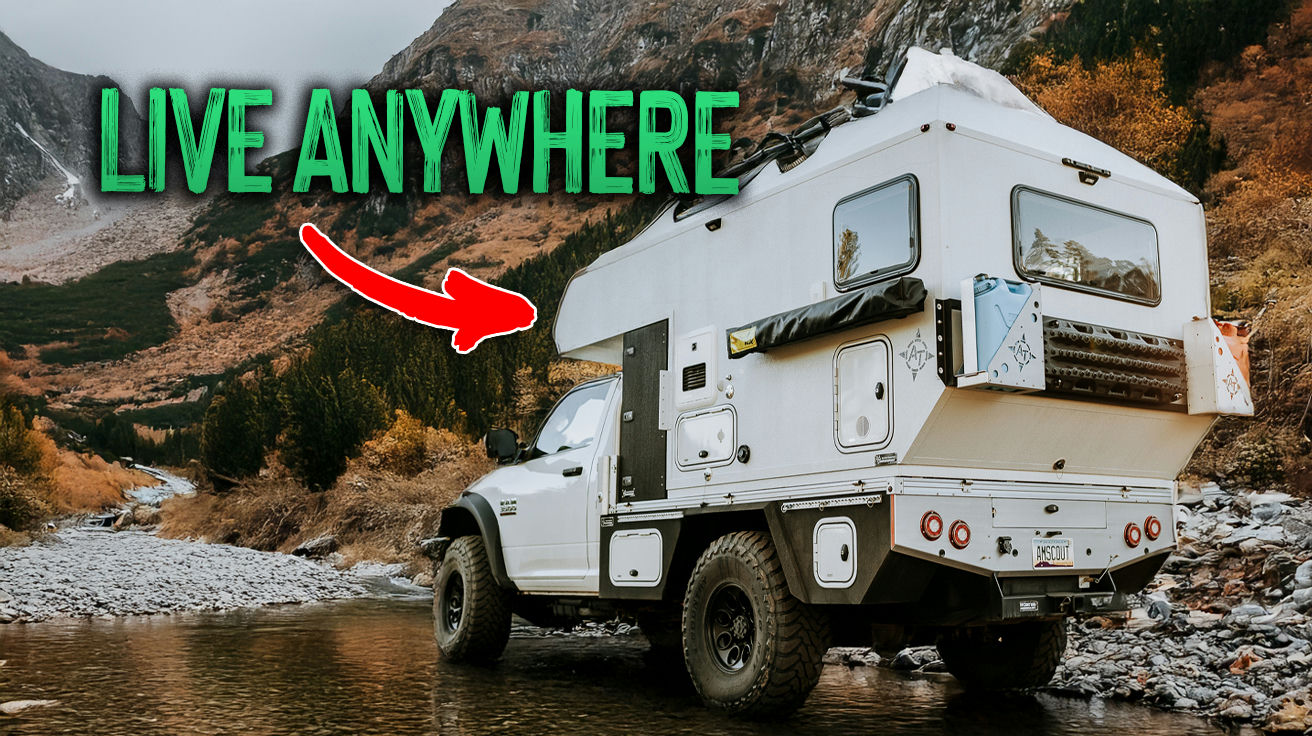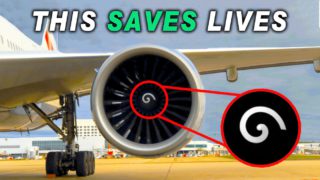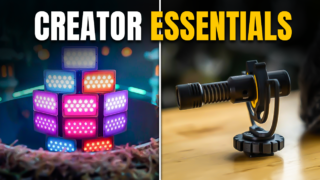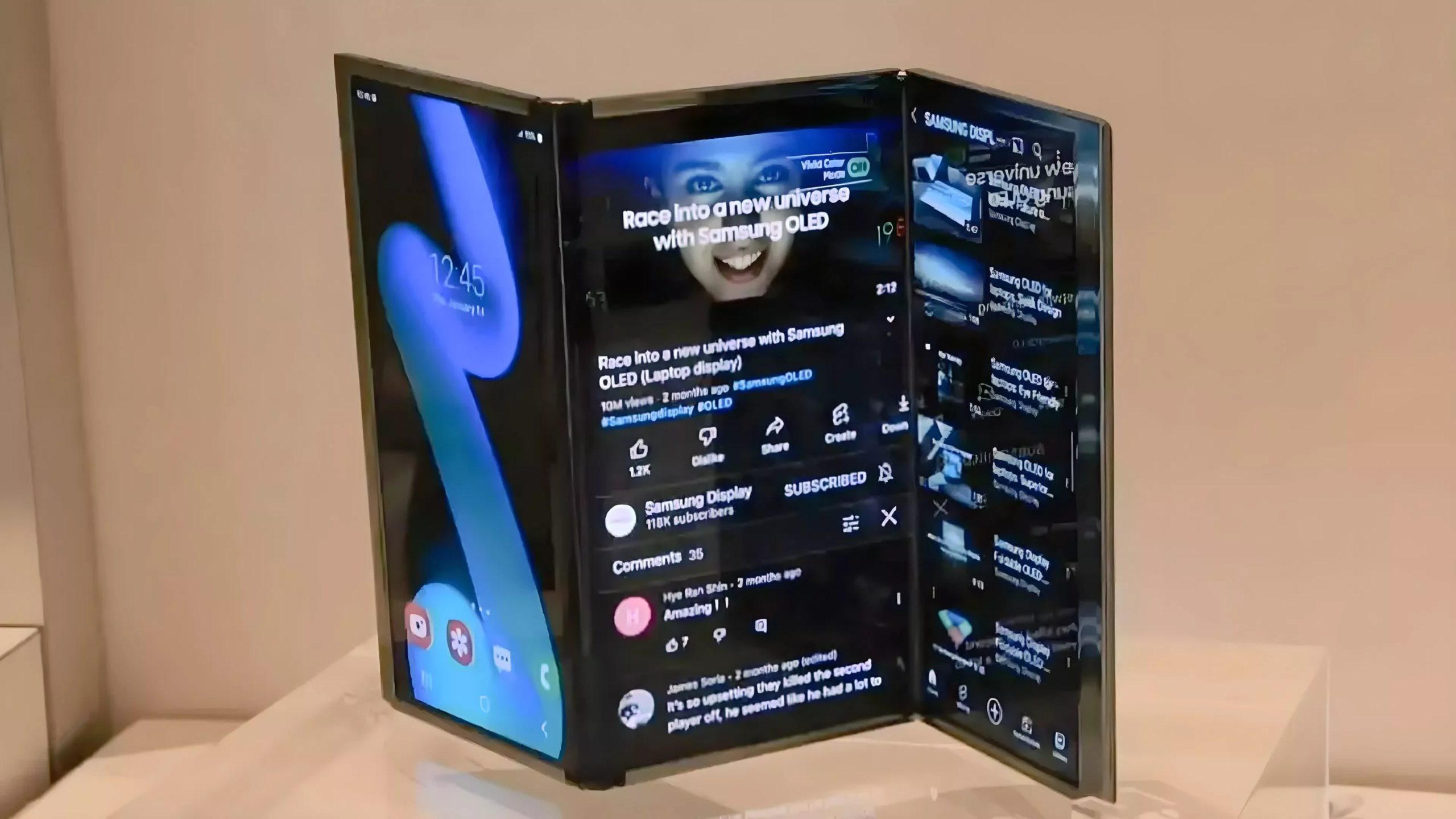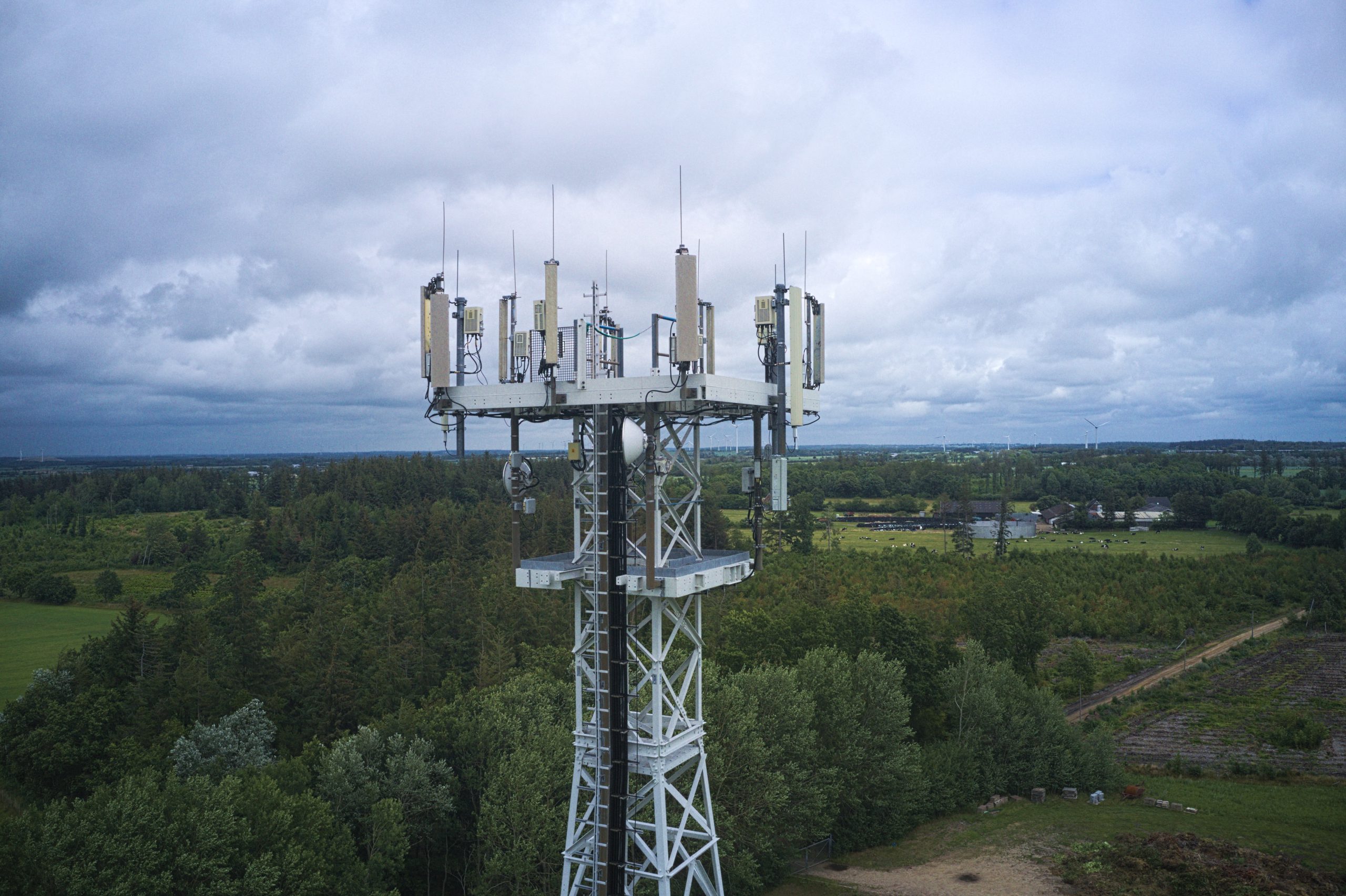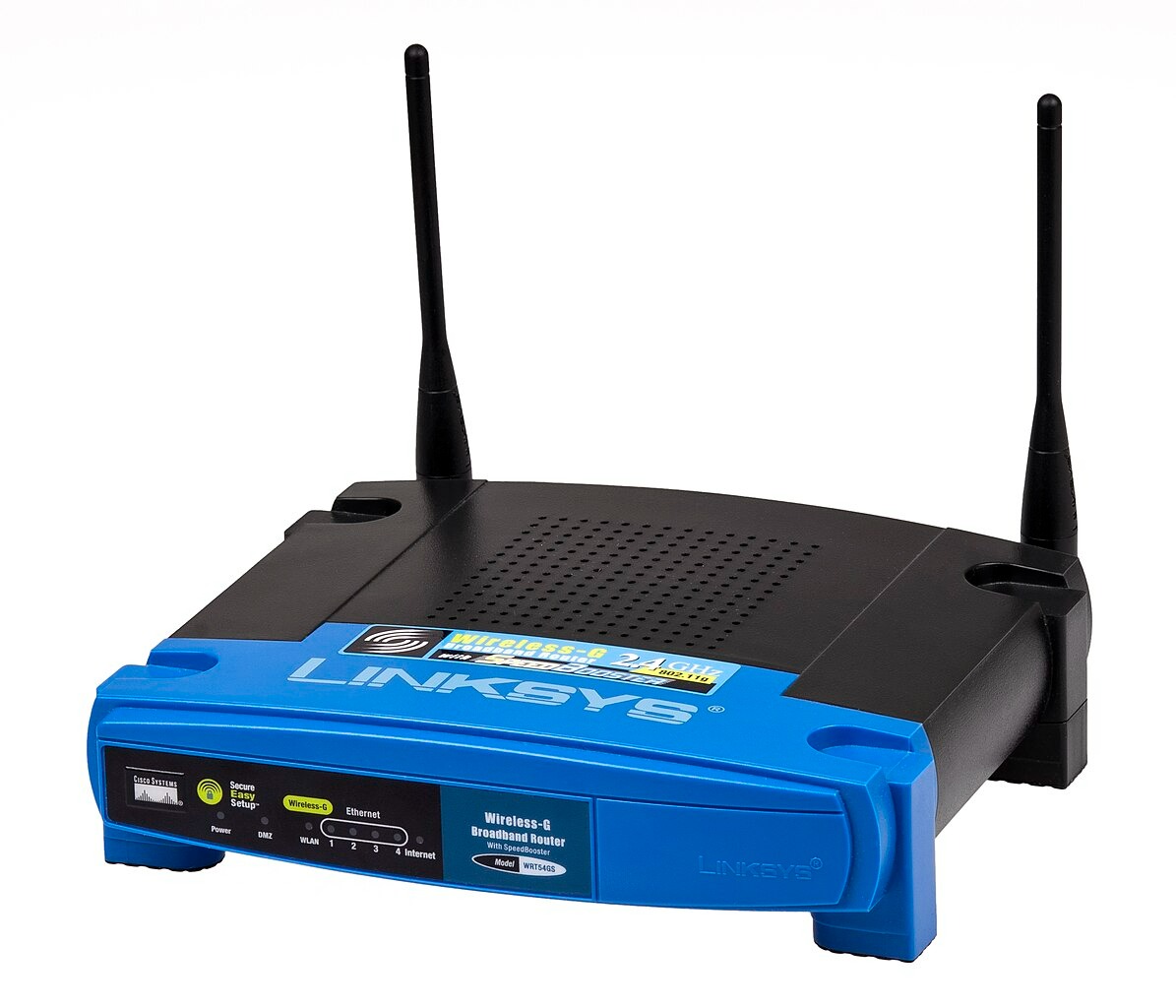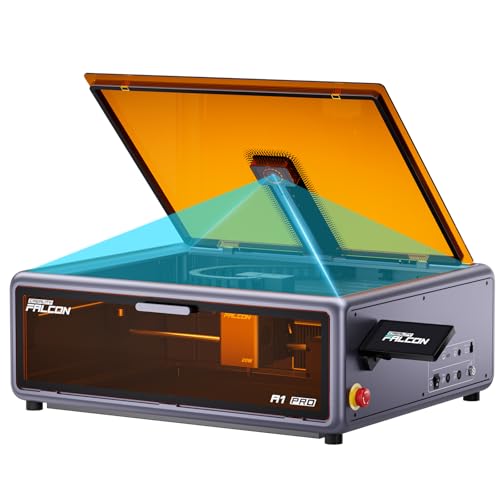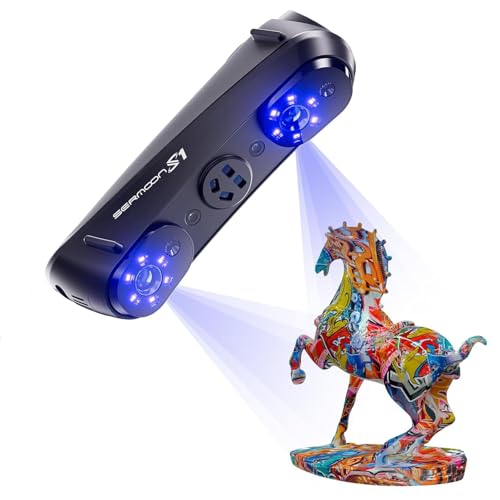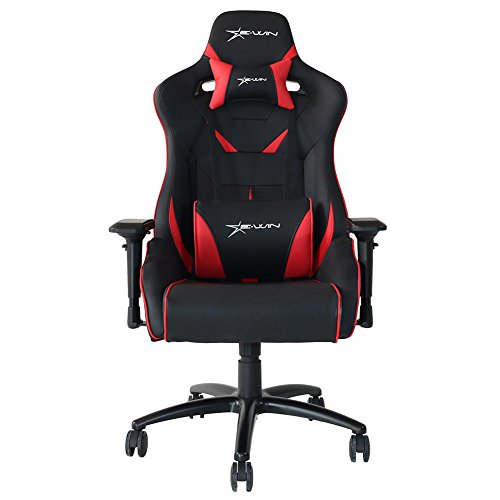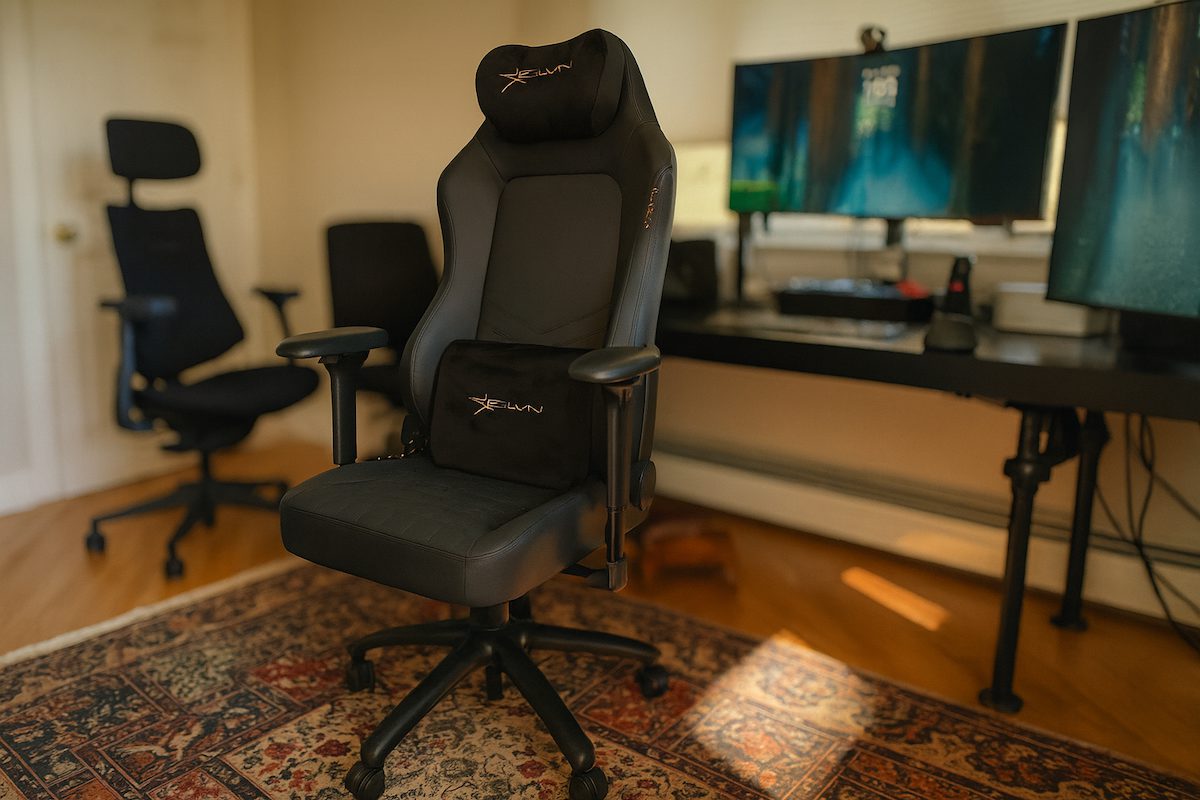The dream of escaping civilization with your home on wheels doesn’t have to cost more than your mortgage. Yet scroll through most overlanding articles and you’re staring at $250,000 rigs with solar arrays bigger than your apartment’s roof.
Let’s cut through the Instagram fantasy and talk actual options across the price spectrum—from “college loan payment” to “I just cashed out my tech stock options.” The most affordable overlanding vehicle isn’t the cheapest one—it’s the one that matches your actual needs without the fancy features you’ll never use.
8. Toyota 4Runner (Exterior)
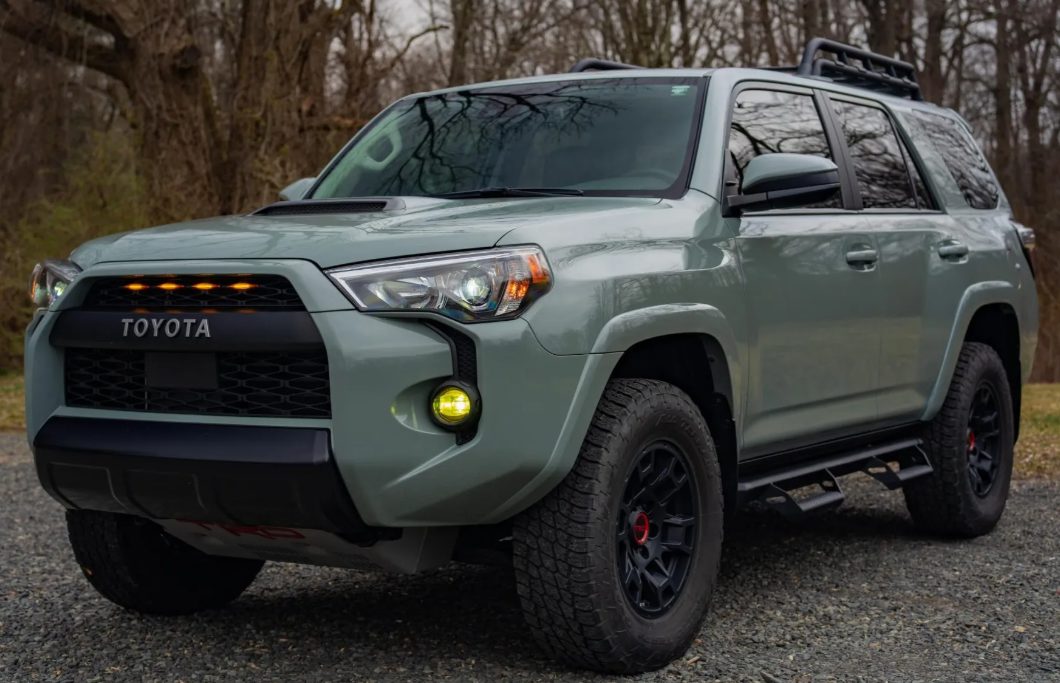
The Toyota 4Runner is the Nokia 3310 of overlanding vehicles—practically indestructible and always ready when you need it. Used models from 2010 start around $15,858 for decent examples, ranging up to $25,000 for clean specimens with lower mileage. The 4.0L V6 won’t win drag races, but it’ll crawl over most obstacles without breaking a sweat or your bank account, delivering reliable performance on everything from forest service roads to technical rock sections.
With decent ground clearance out of the box and a massive aftermarket community, you can build this up gradually as your budget allows. Maintenance is straightforward enough that even YouTube-certified mechanics can handle most issues, which becomes crucial when you’re miles from the nearest dealership.
Toyota 4Runner (Interior)
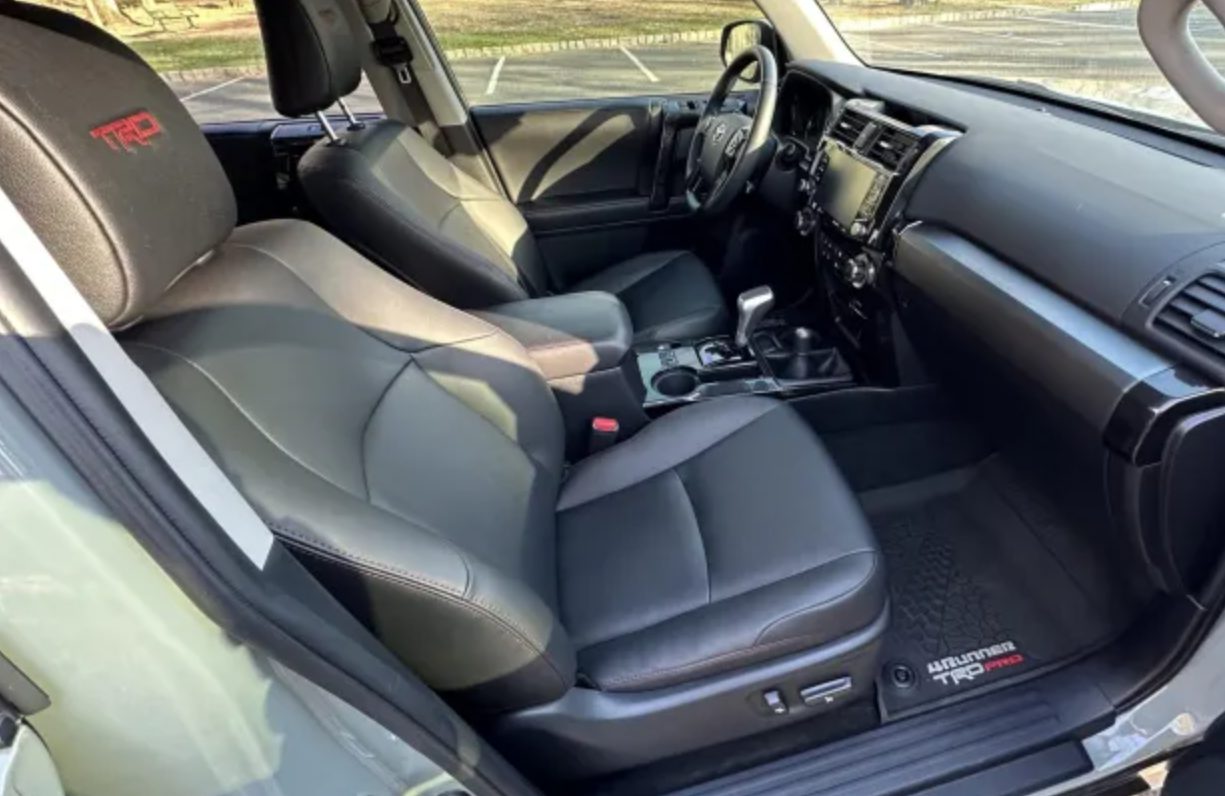
Fuel economy hits 17 mpg city and 22 mpg highway, which is exactly what you’d expect from a brick-shaped SUV from the 2010s. The interior offers practical storage solutions and durable materials that can handle muddy boots and camping gear without showing wear, reflecting Toyota’s focus on usability over flashy tech.
The cargo area provides ample space for extended trips, while the rear seats fold flat to create a sleeping platform in a pinch. Controls are intuitive and built to last, with mechanical switches that work reliably in extreme temperatures where touchscreens would fail.
7. Jeep Cherokee XJ (Exterior)
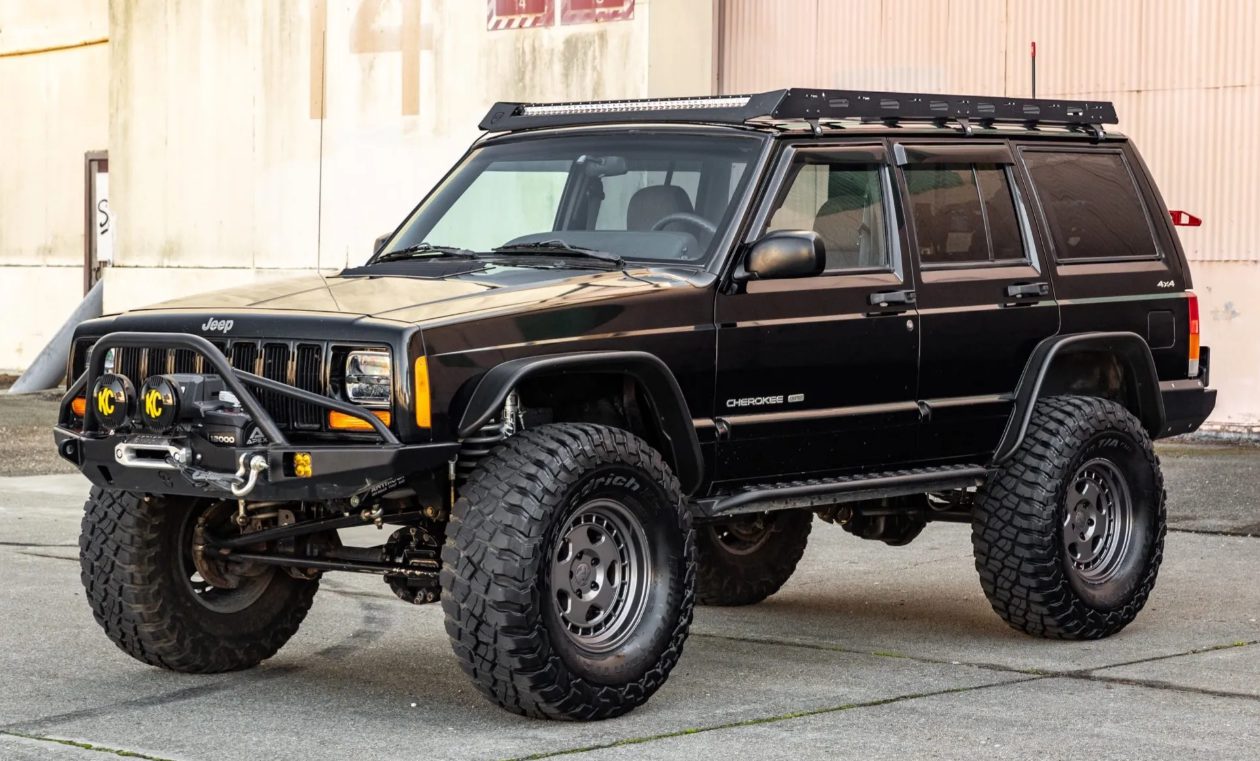
Before Jeep became the mall-crawler brand of choice, they made the Jeep Cherokee XJ—a simple, boxy 4×4 with solid axles and the legendary 4.0L straight-six engine. You’ll find decent examples starting around $3,500, with cleaner models reaching $10,000 depending on condition and rust levels. It’s like the overlanding equivalent of that reliable dive bar that hasn’t changed its decor since 1995, but somehow keeps serving exactly what you need.
The 4.0L inline-six is renowned for its exceptional durability, with parts availability that’s deeper than conspiracy theories on Reddit. Just watch for rust—these things dissolve faster than political promises in salt belt states, particularly around the rear wheel wells and lower door frames.
Jeep Cherokee XJ (Interior)
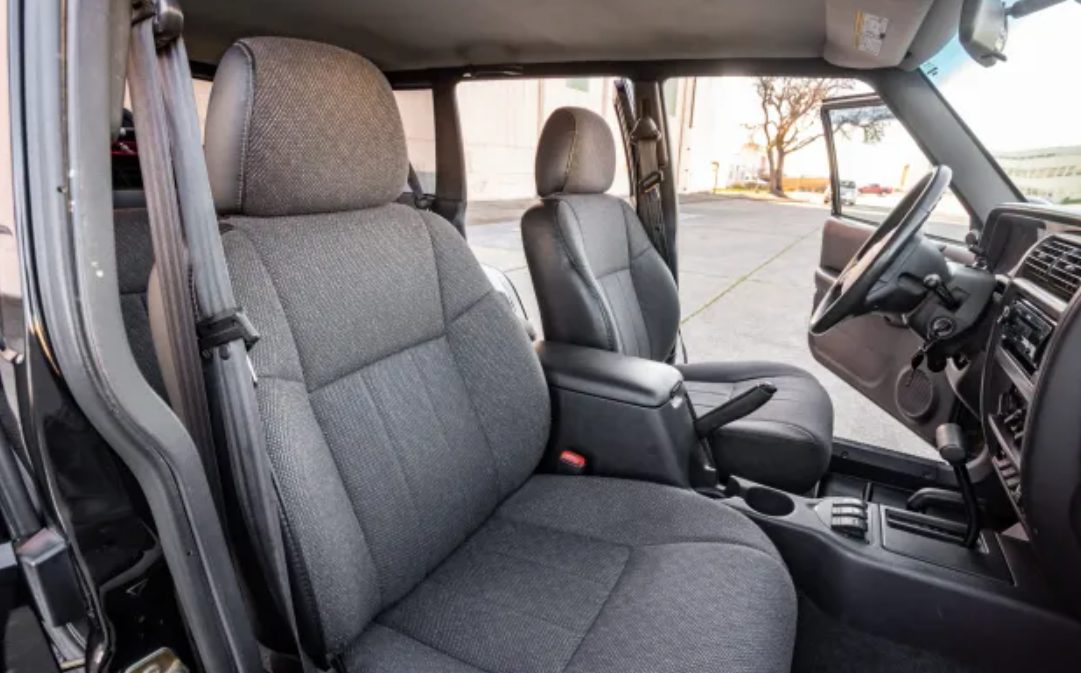
The XJ offers real capability without the Toyota tax, making it perfect for budget builds that prioritize function. Interior space is surprisingly generous for such a compact exterior footprint, with rear seats that fold to create a flat cargo area suitable for sleeping or gear storage.
The dashboard layout is refreshingly simple—no touchscreens to fail in extreme temperatures or complex electronics to troubleshoot in remote locations. Controls are mechanical and reliable, designed during an era when manufacturers prioritized durability over digital bells and whistles that add complexity without improving capability.
6. Ford Econoline Conversion (Exterior)
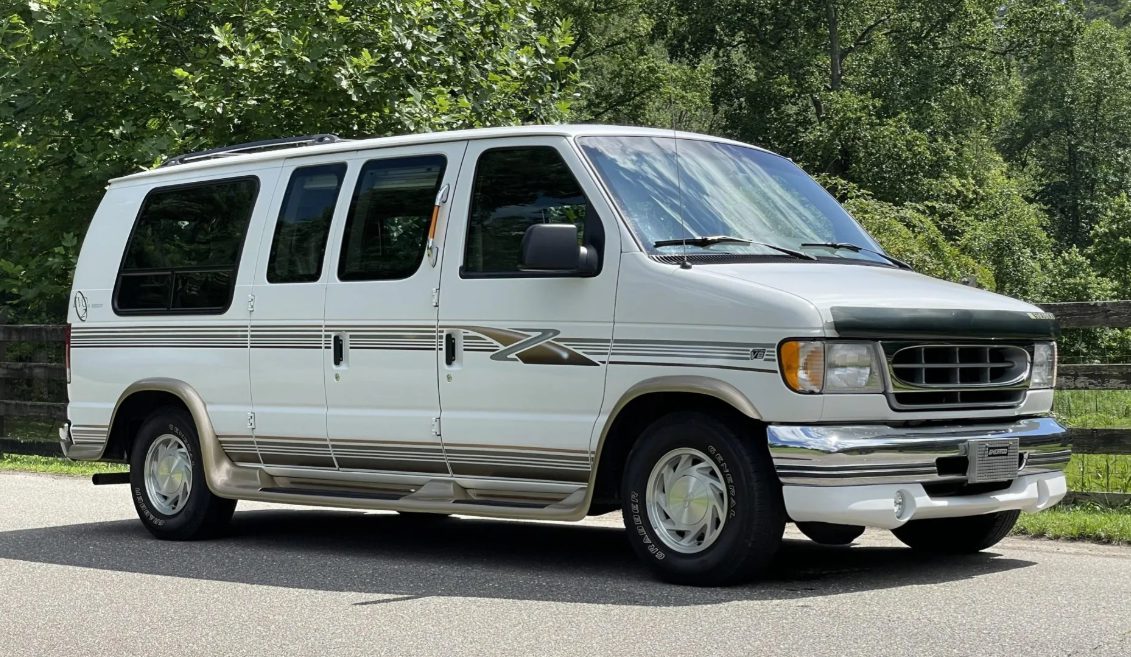
The humble Ford Econoline Conversion van was hauling plumbers and their tools long before #vanlife made conversions cool. DIY builds typically run between $8,000-$20,000, making these workhorses an affordable entry point that offers substantial interior space without the massive price tag of purpose-built overlanders.
The E-350 with the 7.3L diesel is particularly coveted—it’s the powertrain equivalent of finding an original Charizard card in your childhood collection. Add a simple lift kit, all-terrain tires, and some basic exterior modifications, and you’ve got capable ground clearance for most forest service roads without the complexity of modern emissions systems.
Ford Econoline Conversion (Interior)
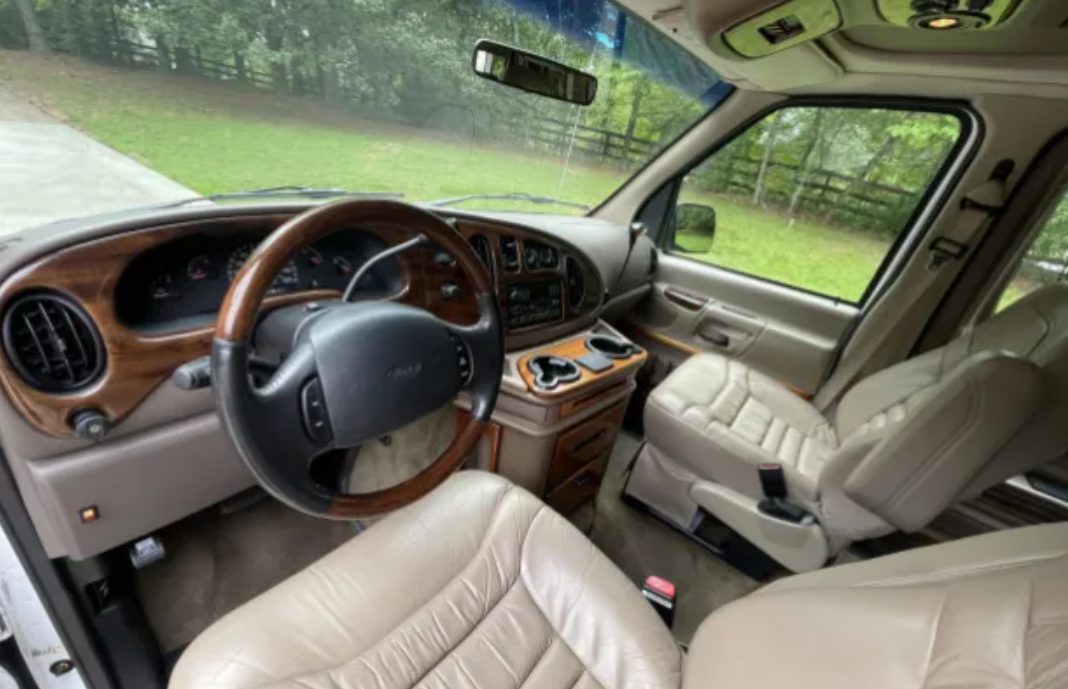
Interior conversions offer unlimited possibilities within the generous cargo bay, from minimalist camping setups to full-featured tiny homes on wheels. Basic build-outs can include sleeping platforms, storage solutions, and simple kitchenettes without requiring advanced carpentry skills or massive budgets.
The high roof provides comfortable standing room for most adults, while the wide body allows for creative layouts that maximize both living and storage space during extended trips. Unlike modern vans with complex electronics, the Econoline’s simple systems are easier to modify and maintain in remote locations.
5. Storyteller Overland MODE (Exterior)
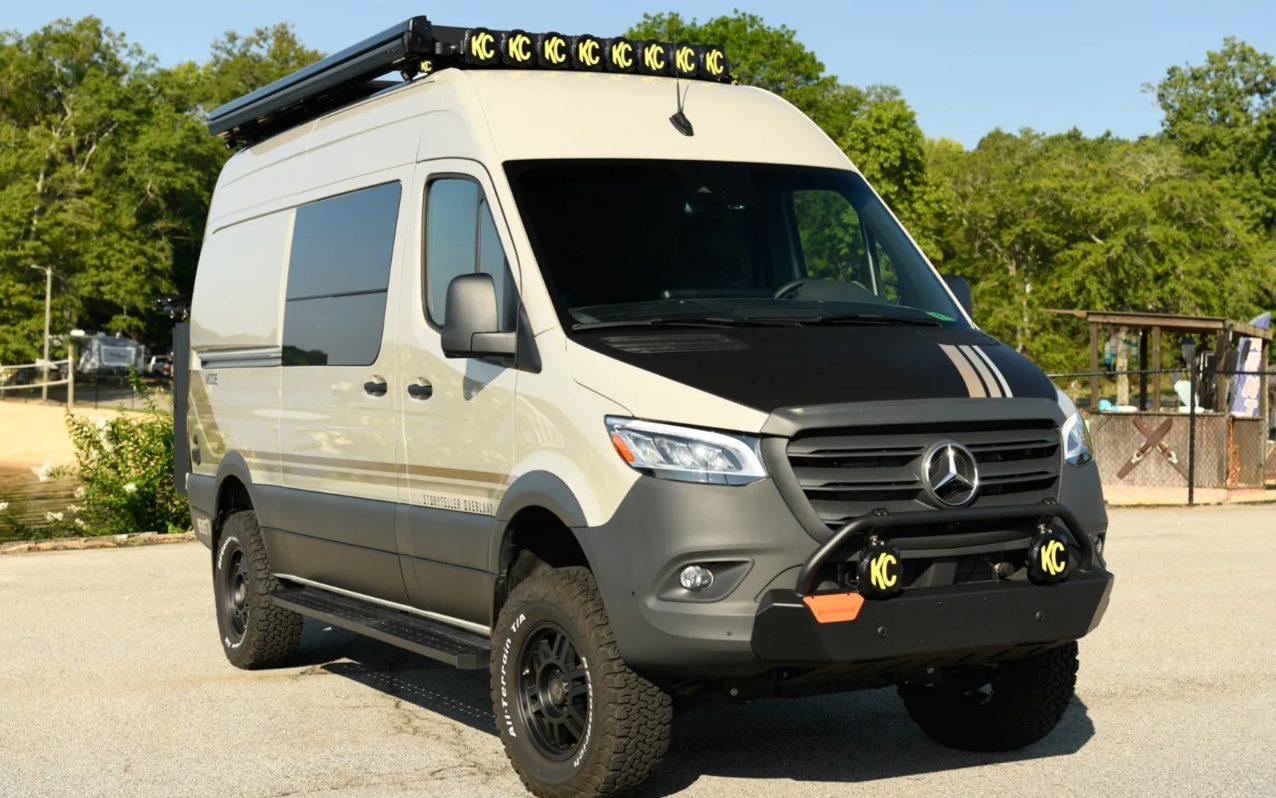
Based on the Mercedes Sprinter 144, the Storyteller Overland MODE maintains the van’s signature profile while adding subtle exterior modifications for adventure capability. At $150,000-$180,000, this represents a serious investment that balances premium build quality with genuine capability. The 3.0L turbo diesel provides decent fuel economy around 18-22 mpg, while the 21-gallon tank gives you reasonable range between those increasingly expensive fill-ups. With 320 watts of solar panels discretely mounted on the roof, you can power the essentials without firing up the generator and becoming the most hated person at the campsite. The exterior design balances stealth camping capability with obvious adventure-ready modifications, allowing you to blend in at urban stops while clearly signaling your serious intentions at trailheads.
Storyteller Overland MODE (Interior)
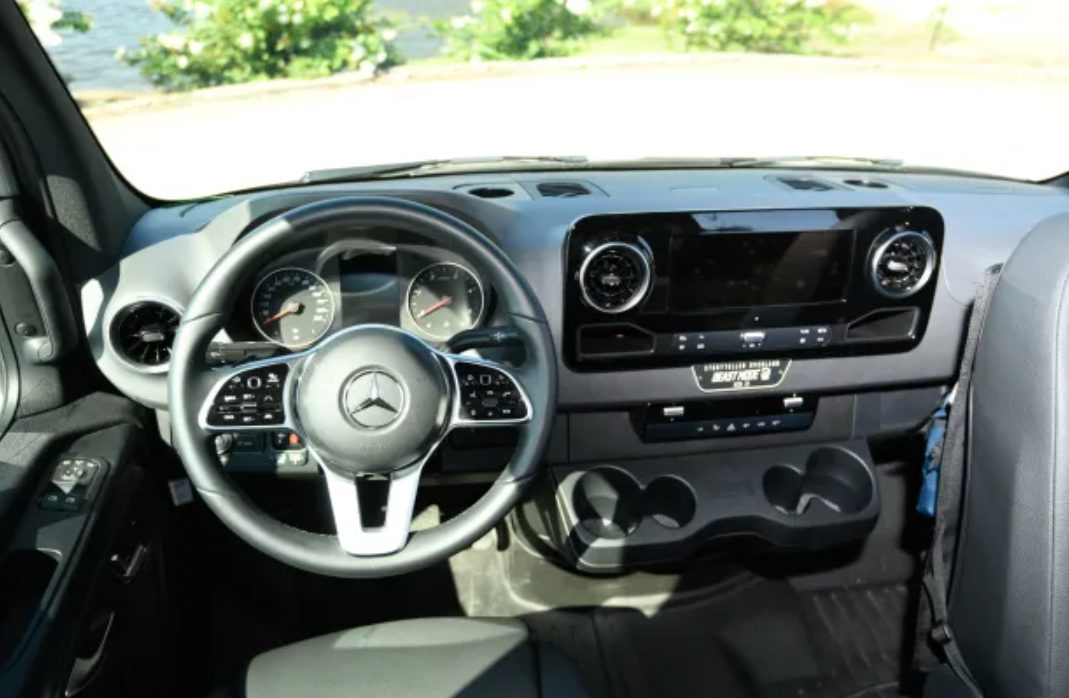
The MODE offers a surprisingly functional kitchenette, wet bath, and convertible living space that transforms faster than a teenager’s mood. Interior build quality reflects Mercedes-level attention to detail, with materials that feel premium rather than RV-grade, though you’re definitely paying for that refinement.
Storage solutions are thoughtfully designed, maximizing every cubic inch without feeling cramped during extended occupancy. The 2,000W inverter handles most appliances, while the convertible seating arrangement works equally well for daily driving and extended camping, making this a genuine daily driver option. For more expert picks on keeping your essentials at hand, explore our recommendations for the best travel gear.
4. Thor Scope (Exterior)
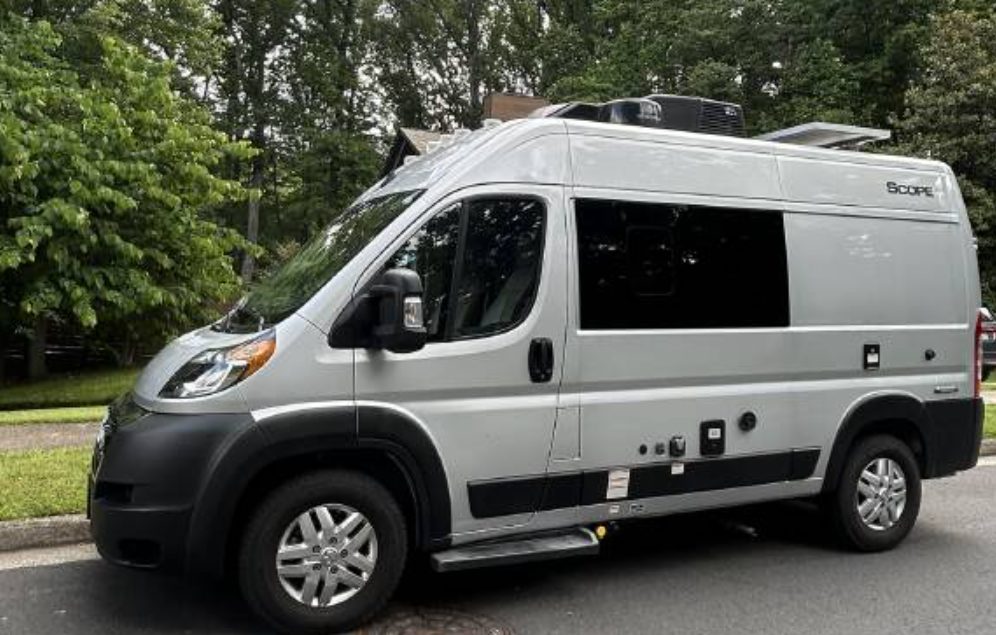
Built on the Ram ProMaster chassis, the Thor Scope brings Class B comfort without requiring a commercial driver’s license. Expect to pay $100,000-$130,000 for this mid-tier option that prioritizes functionality over luxury. The 3.6L V6 won’t win any efficiency awards at 14-18 mpg, but the 24-gallon tank means you’re not constantly hunting for the next gas station like some smaller van builds.
The 190W solar setup is modest—like bringing a knife to a gunfight if you’re heavy on electronics—but provides enough juice for basic needs. External storage compartments offer convenient gear access without entering the living space, which becomes crucial during muddy or wet conditions.
Thor Scope (Interior)
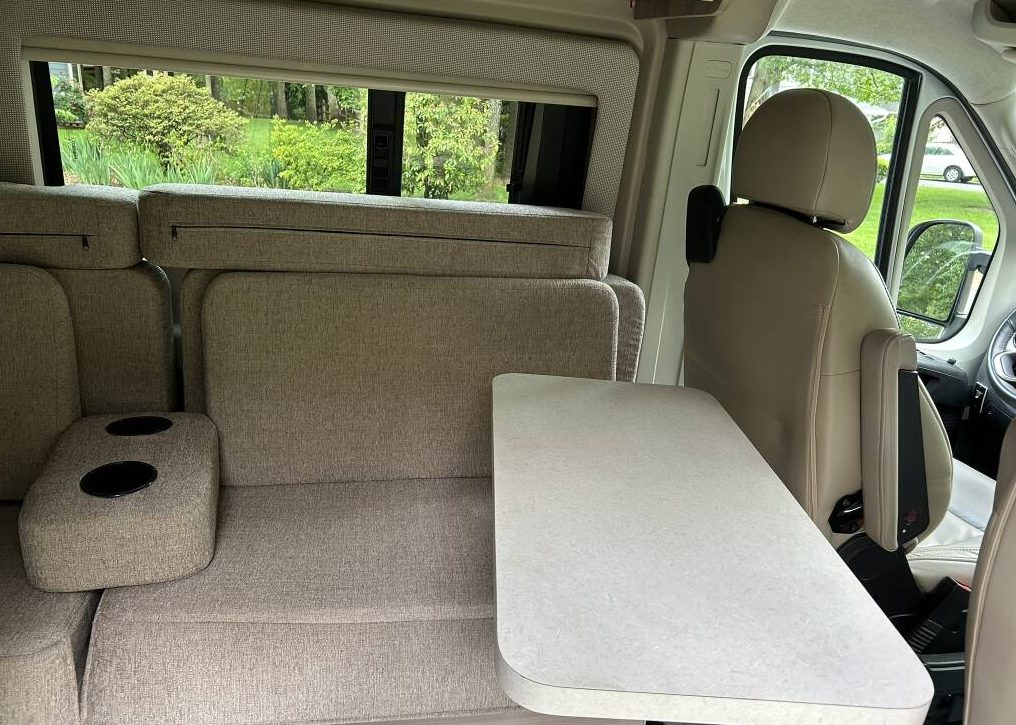
A wet bath (think airplane lavatory, but slightly less depressing) and convertible sleeping space that actually works for two people without requiring contortionist skills define the interior layout. Build quality is solid RV-grade rather than luxury, but everything works as intended without the finicky issues that plague some high-end conversions.
The 2,000W inverter handles the basics, while clever storage solutions help organize gear efficiently in the compact space, and pairing your rig with the best luggage ensures you stay organized on extended trips. The galley includes essential appliances without overwhelming the layout, striking a practical balance between functionality and livability.
3. Freedom Overland M2.0 (Exterior)
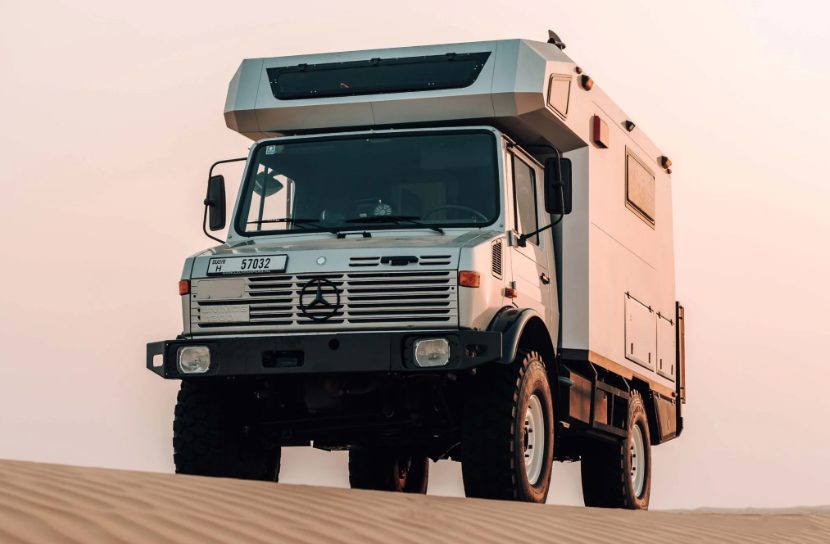
Powered by a 305-horsepower engine, the Freedom Overland M2.0 is built on the Mercedes Sprinter 170 extended wheelbase. The $180,000-$220,000 price tag reflects serious engineering and premium components throughout. The longer platform provides stability and improved ride quality compared to shorter van conversions, which becomes noticeable during long highway stretches or crosswind conditions.
The 600W solar array is professionally integrated into the roof design, while external utility connections allow for easy hookups at established campgrounds. Ground clearance is adequate for most forest service roads without requiring major modifications, though serious rock crawling isn’t this rig’s forte.
Freedom Overland M2.0 (Interior)
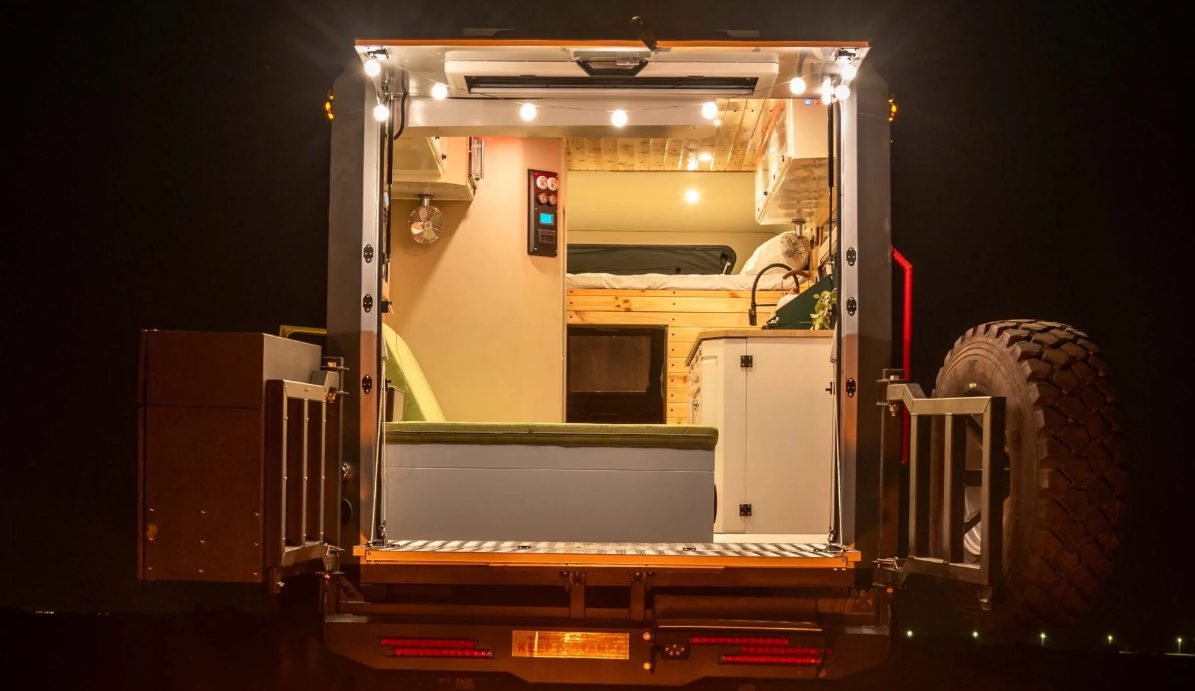
The extended wheelbase gives you enough interior space to avoid developing a close relationship with your travel partner’s elbows during extended trips. The 40-gallon freshwater capacity is genuinely useful for extended off-grid stays, unlike some competitors’ token 10-gallon tanks that leave you rationing water like you’re crossing the Sahara.
The 3,000W inverter means you can run most appliances without starting the engine—a blessing when you’re trying to maintain the wilderness peace at dawn. Interior finishes strike a balance between durability and comfort, with thoughtful details throughout that reflect the higher price point.
2. EarthCruiser EXP (Exterior)
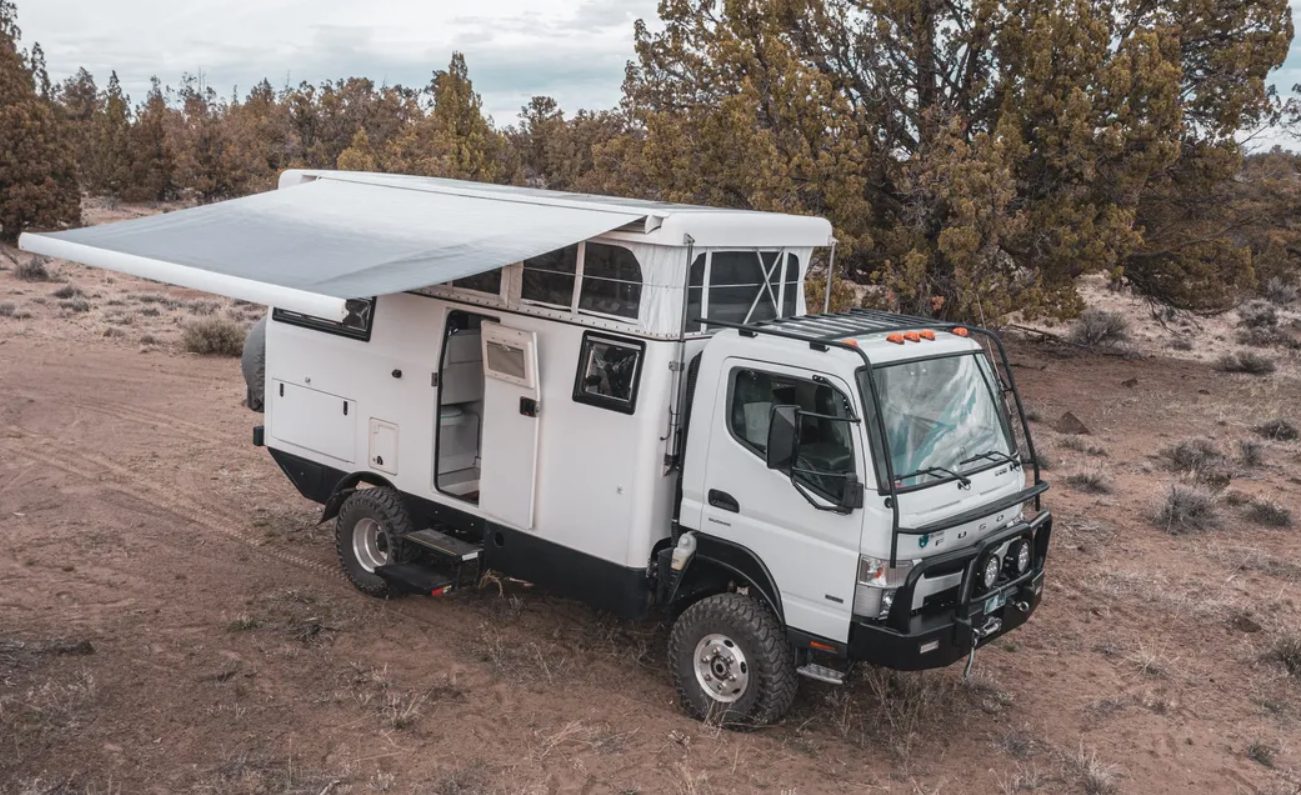
The EarthCruiser EXP doesn’t just go off-road; it practically laughs at the concept of roads altogether. Custom builds start at $350,000 and can easily reach $450,000, reflecting the serious engineering required for true expedition capability. Built on a Fuso 4×4 chassis with portal axles, it has enough ground clearance to straddle small villages, while the approach and departure angles would make a mountain goat jealous.
With a 60-gallon diesel capacity, you could disappear for weeks without seeing a gas station, which might be the point if you’ve spent your kid’s college fund on an overlanding rig. The 800W solar system is professionally integrated across the roof without compromising the vehicle’s aggressive stance or aerodynamics.
EarthCruiser EXP (Interior)
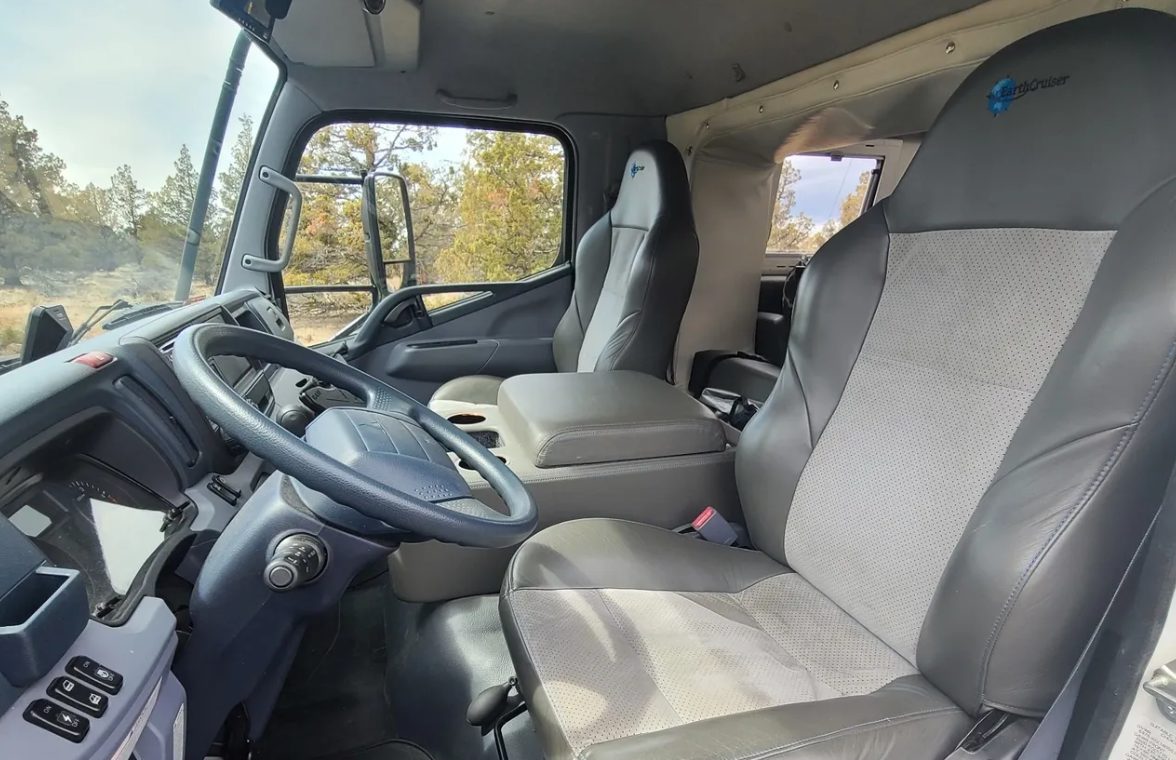
The 12,000W inverter could probably power small villages, while the 90-gallon freshwater tank means extended off-grid capability that rivals expedition base camps. Full-sized appliances and luxury appointments make you forget you’re technically camping in the middle of nowhere.
Living space is thoughtfully designed with premium materials that somehow manage to be both rugged and luxurious. Storage solutions maximize every inch while maintaining the comfort level of a high-end hotel suite, complete with amenities that would make overlanding purists roll their eyes.
1. UNIMOG U500 Expedition Vehicle (Exterior)
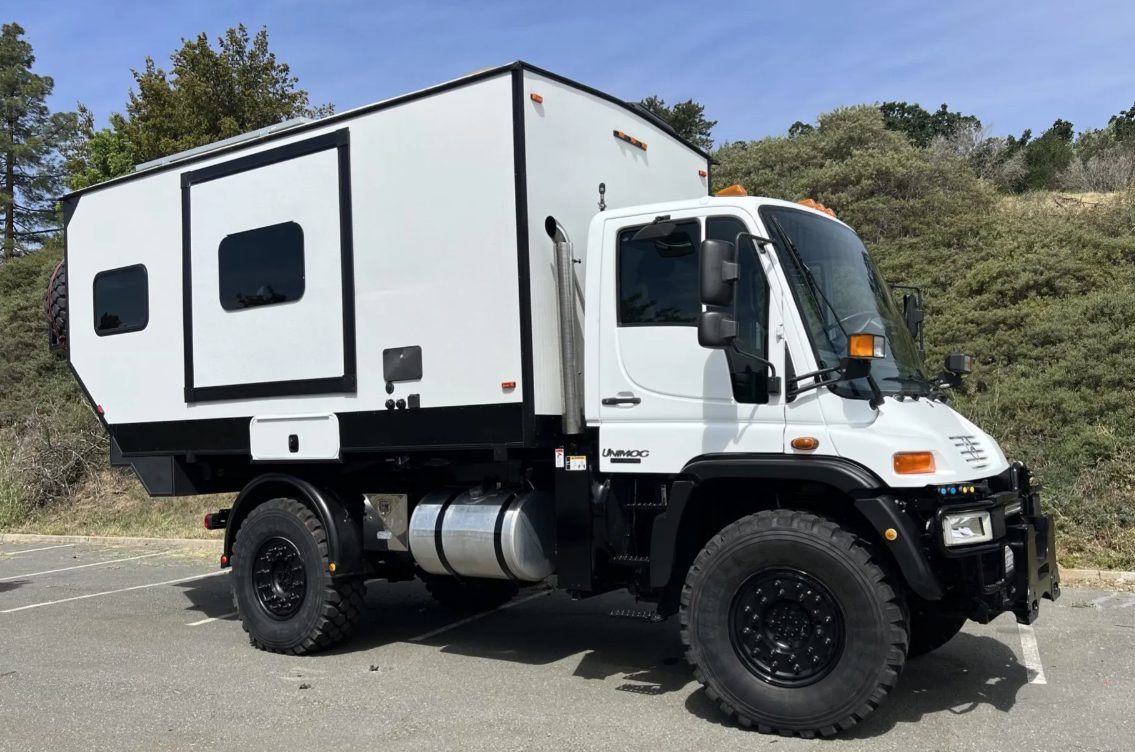
The UNIMOG U500 Expedition Vehicle is what would happen if a military transport and a luxury apartment had a very expensive baby. Custom builds begin at $500,000 and climb rapidly from there, representing the ultimate in no-compromise expedition capability. These German-engineered beasts can crawl through terrain that would make mountain goats nervous, with articulation and approach angles that defy physics.
Custom builds typically feature hydraulic leveling systems and solar arrays that could power a small tech startup. The exterior design prioritizes function over form, resulting in a vehicle that looks equally at home crossing the Sahara or navigating Arctic tundra—if you can explain the payments to your financial advisor.
UNIMOG U500 Expedition Vehicle (Interior)
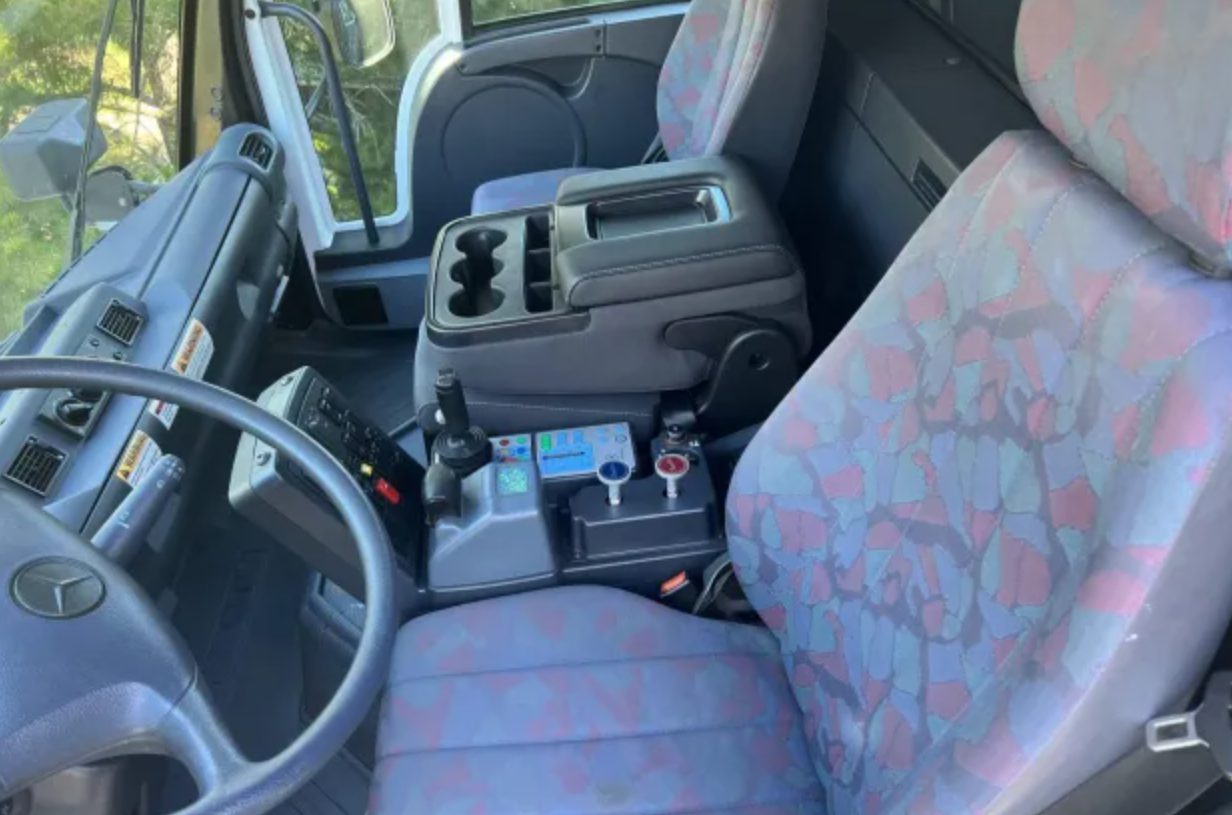
Massive water capacity (100+ gallons) means extended off-grid capability that supports genuine expedition-length deployments. The interior appointments often include premium materials that somehow manage to be both rugged and luxurious, like a cashmere sweater that you could also use to change a tire.
Custom layouts can include full kitchens, separate sleeping quarters, and enough storage for extended expeditions that would overwhelm lesser vehicles. Build quality reflects German engineering standards, with systems designed to operate flawlessly in extreme conditions where failure isn’t just inconvenient—it’s potentially dangerous.


